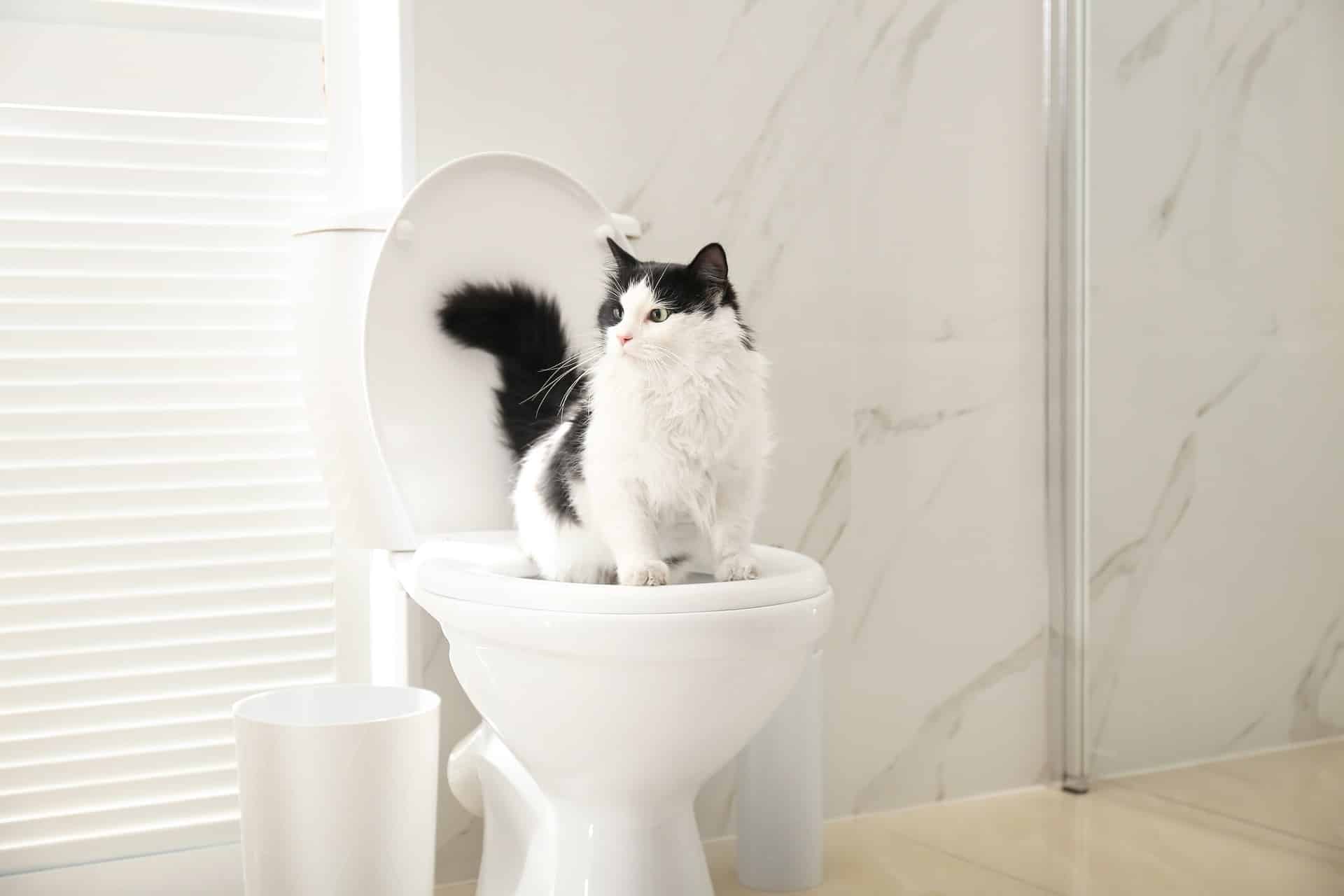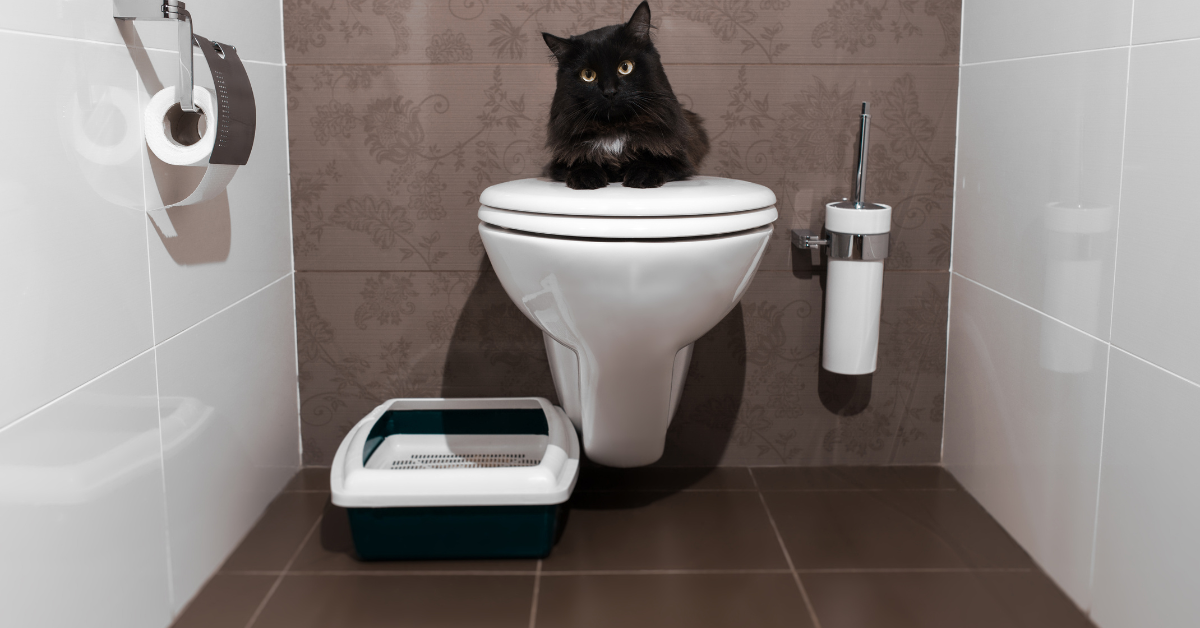Uncovering Why Animal Waste Ought to Not Be Flushed Down the Toilet
Uncovering Why Animal Waste Ought to Not Be Flushed Down the Toilet
Blog Article
We've found this great article pertaining to 10 Things You Should Never Flush Down The Toilet down the page on the web and think it made good sense to quickly share it with you on this site.

When it comes to throwing away waste, specifically animal waste, many individuals often consider the hassle-free alternative of flushing it down the toilet. Nevertheless, this apparently easy solution can have significant repercussions for the atmosphere and public health. In this short article, we'll discover why flushing animal waste down the commode is a negative idea and supply alternate techniques for appropriate disposal.
Introduction
Proper garbage disposal is critical for maintaining ecological sustainability and public health. While it may appear safe to purge animal waste down the commode, it can bring about different issues, both for the setting and human well-being.
Risks of flushing pet waste
Environmental influence
Flushing pet waste presents hazardous bacteria and pathogens into waterways, which can negatively affect water ecological communities. These virus can contaminate water resources and harm aquatic life, disrupting delicate ecological communities.
Public health issues
Pet waste includes damaging germs such as E. coli and Salmonella, which can posture severe health threats to humans. Flushing animal waste down the bathroom can infect water materials, bring about the spread of illness and infections.
Alternatives to flushing
Rather than flushing animal waste down the commode, there are a number of alternative disposal approaches that are more eco-friendly and sanitary.
Composting
Composting animal waste is a green method to get rid of it. By composting, raw material is broken down right into nutrient-rich dirt, which can be used to feed gardens and plants.
Land fill disposal
Dealing with pet waste in a land fill is an additional alternative. While not as eco-friendly as composting, it is a much safer alternative to flushing, as it avoids the contamination of water sources.
Pet dog garbage disposal systems
There are specific animal waste disposal systems available that safely and hygienically take care of animal waste. These systems commonly make use of enzymes to break down waste and get rid of odors.
Actions to correct pet waste disposal
To make sure appropriate disposal of animal waste, adhere to these steps:
Scooping and nabbing waste
On a regular basis scoop and bag pet waste utilizing naturally degradable bags. This stops waste from polluting the environment.
Utilizing designated waste bins
Dispose of bagged pet waste in assigned waste containers, such as garden compost bins or landfill containers. Stay clear of flushing it down the toilet in all costs.
Cleaning up litter boxes and pet locations consistently
On a regular basis clean litter boxes and pet dog areas to prevent the buildup of waste and germs. Use pet-safe cleaning items to preserve health.
Advantages of proper disposal methods
Taking on proper disposal techniques for animal waste supplies numerous advantages:
Lowered environmental pollution
Proper disposal methods lower the risk of environmental pollution, safeguarding waterways and communities from contamination
Decreased risk of water contamination.
By avoiding flushing pet waste down the commode, the threat of water contamination is significantly reduced, safeguarding public health.
Boosted sanitation and hygiene
Correct disposal methods advertise better sanitation and hygiene, developing a safer environment for both humans and animals.
Final thought
Finally, purging pet waste down the commode is harmful to the atmosphere and public health. By taking on alternative disposal approaches and adhering to appropriate waste administration techniques, we can minimize the negative influence of animal waste and add to a cleaner, healthier planet.
What To Do With Dog Poo – The Do's And Don'ts Of Disposing Of Faeces
Dog poo bins
Some councils provide dedicated dog waste bins in popular dog-walking areas that can take dog poo that has been bagged but you can legally dispose of dog waste in any public litter bin, as long as it is securely bagged. This also applies to your wheelie bin at home.
Do not flush
Water companies do not recommend flushing dog faeces down the toilet because certain parasites can survive the water processing treatment and are potentially harmful to humans. You should also never consider flushing dog poo that has been bagged down the toilet as the bags will not break down and instead create severe blockages in the sewage system.
In the woods
The Forestry Commission promotes a ‘stick and flick’ method for dealing with waste in the woods. This means finding a stick and using it to flick any poo from off the path so that it is out of the way of other walkers. You could also bury it as long as it is not in an area where there might be livestock.
Livestock
Parasites found in dog poo can be transmitted to livestock if they inadvertently eat infected faeces that has been left on grazing land. This could result in the death of sheep or abortion in cattle so you should always make sure you pick up your dog’s waste in fields where livestock could be present.

On a regular basis clean litter boxes and pet dog areas to prevent the buildup of waste and germs. Use pet-safe cleaning items to preserve health.
Advantages of proper disposal methods
Taking on proper disposal techniques for animal waste supplies numerous advantages:
Lowered environmental pollution
Proper disposal methods lower the risk of environmental pollution, safeguarding waterways and communities from contamination
Decreased risk of water contamination.
By avoiding flushing pet waste down the commode, the threat of water contamination is significantly reduced, safeguarding public health.
Boosted sanitation and hygiene
Correct disposal methods advertise better sanitation and hygiene, developing a safer environment for both humans and animals.
Final thought
Finally, purging pet waste down the commode is harmful to the atmosphere and public health. By taking on alternative disposal approaches and adhering to appropriate waste administration techniques, we can minimize the negative influence of animal waste and add to a cleaner, healthier planet.
What To Do With Dog Poo – The Do's And Don'ts Of Disposing Of Faeces
Dog poo bins
Some councils provide dedicated dog waste bins in popular dog-walking areas that can take dog poo that has been bagged but you can legally dispose of dog waste in any public litter bin, as long as it is securely bagged. This also applies to your wheelie bin at home.
Do not flush
Water companies do not recommend flushing dog faeces down the toilet because certain parasites can survive the water processing treatment and are potentially harmful to humans. You should also never consider flushing dog poo that has been bagged down the toilet as the bags will not break down and instead create severe blockages in the sewage system.
In the woods
The Forestry Commission promotes a ‘stick and flick’ method for dealing with waste in the woods. This means finding a stick and using it to flick any poo from off the path so that it is out of the way of other walkers. You could also bury it as long as it is not in an area where there might be livestock.
Livestock
Parasites found in dog poo can be transmitted to livestock if they inadvertently eat infected faeces that has been left on grazing land. This could result in the death of sheep or abortion in cattle so you should always make sure you pick up your dog’s waste in fields where livestock could be present.

Do you enjoy reading about ? Try to leave feedback below. We'd be pleased to hear your opinion about this post. In hopes that you visit us again soon. Those who enjoyed our blog posting plz don't forget to pass it around. I appreciate your readership.
Call Today Report this page